What can the Dalai Lama achieve by visiting southern Tibet?
Recently, international media focuses their attention on the Dalai Lama's activities of visiting the eastern part of the disputed areas along China-India border. On April 5, Hua Chunying, spokesperson of China's Ministry of Foreign Affairs, urged India to stop using the Dalai Lama to damage China's interests. After the statement, the Dalai Lama responded immediately, saying that "India has never used me against China". Since Dalai Lama doesn't think that he has been used, what can he achieve by challenging China's core interests?
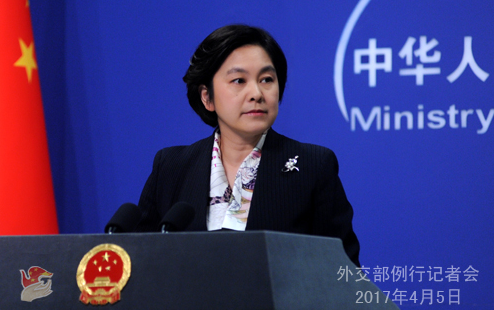
Hua Chunying, the spokesperson of China's Ministry of Foreign Affairs. [Photo/fmprc.gov.cn]
First of all, he has sacrificed China's territory in exchange for India's support for "Tibet independence". Dawang, one of the areas during the Dalai Lama's visit, is regarded as the core region in territorial disputes between China and India. Since the 7th century AD, when Songtsen Gampo unified Tibet and established the Tubo Dynasty, Dawang region has been part of the local regime in Tibet. From the Yuan Dynasty, China's central government has exercised its sovereignty over Tibet and integrated Dawang and the whole of Tibet as part of Chinese territory. In the 17th century, the fifth Dalai Lama sent people to build Dawang Temple and place it under the jurisdiction of Lhasa's Drepung Monastery. Tibet's local government collected taxes, stationed officials and exercised judicial power in the the region.
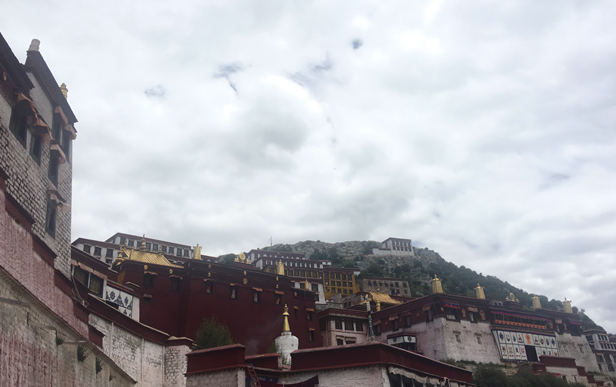
Lhasa's Drepung Monastery [Photo/Song Jiali]
Apart from political factors, all Tibetan people hold the Dawang region close to their hearts because of the sixth Dalai Lama Tsangyang Gyatso, who was born there. If Dawang was included as part of India, Tsangyang Gyatso would become an "Indian", which Tibetans can't accept. The 14th Dalai Lama disregards historical facts and national sentiment, not only refuses to complain about Indian acts of aggression, but repeatedly goes there "preaching". The reason for this is that he still dreams about "Tibet independence".
Secondly, he is interfering with the supreme authority of the central government in relation to the Dalai Lama's reincarnation. By declaring that Dawang belongs to India, the 14th Dalai Lama seeks to distort the historical conventions that the Dalai Lama had to be chosen in China and challenge the central government's authority over the reincarnation of Living Buddhas, whereby he can pave way for choosing his successor abroad. On April 7, an article published by the Chinese edition of New York Times said that the Dalai Lama paid his trip to Dawang to find his successor. There are also scholars believing it is to "provoke and test Beijing, intentionally declaring that the Dalai Lama's reincarnation is out of Beijing's control".
It is known that since the Qing Dynasty's Qianlong period, the legal religious status of Tibetan Buddhism's reincarnation of Living Buddhas has been canonized and granted by the central government. Reincarnation requires a series of historical conventions and religious rituals, and the chosen Living Buddha must has a wide-ranging, lofty prestige among devotees. However, in order to achieve his separatism purpose, the 14th Dalai Lama attempts to change the traditional rituals regardless of revealing his disrespect for his religion.
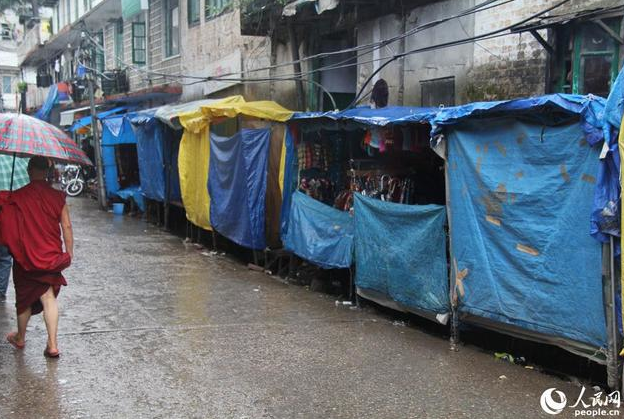
Location of the "exiled government" of Tibet [Photo: People's Daily Online]
Thirdly, he aims to divert the international attention that the Dalai Lama's control over exiled Tibetans is waning. According to previous reports of China Tibet Online, just before the Dalai Lama's visit to the border disputed areas, a serious clash broke out between the "Tibetan parliament-in-exile" and the "Tibetan government", resulting in the "government members" walking out of the meeting. Li Kexian, a radical representative, who publicly wrote a poem satirizing the Dalai Lama, was immediately referred to as a "Tibetan enemy" and attacked. In 2016, the Dalai clique's different political and religious factions began to divide due to election of the "exiled government". While the older generations pushing for "Tibet independence" are still draped in the "middle road" cloak, the "young guards" on the other hand are eager to challenge the authority of the Dalai Lama by using violent, horrible and strong actions to openly run counter of the "middle road". Under such circumstances, the Dalai Lama's internal power among exiled Tibetans is surely weakening. In order to cover up the reality of the increasingly wavering and crumbling "Tibet independence" forces, the Dalai Lama used the trip to Dawang as a shot in the arm of the separatists.
In fact, the Dalai Lama's "separatist nature" was exposed as early as in the 1950s when he expected to stay in India during a visit. Zhou Enlai, the then Premier, pointed out that "Tibet independence" is hopeless, and the Dalai Lama can stay in India but Tibet can't move to India. Today, China's Tibet and Tibetan-inhabited areas in other four provinces are in steady development and their centripetal forces towards the country are growing. Whatever plan the Dalai's clique has, it'll be hard to succeed. The Dalai Lama's acts of challenging China's core interests are of no good to both he and his followers apart from distancing themselves far and far from the Tibetan people.
Your Comment
Name E-mailRelated News
-
;
-
-
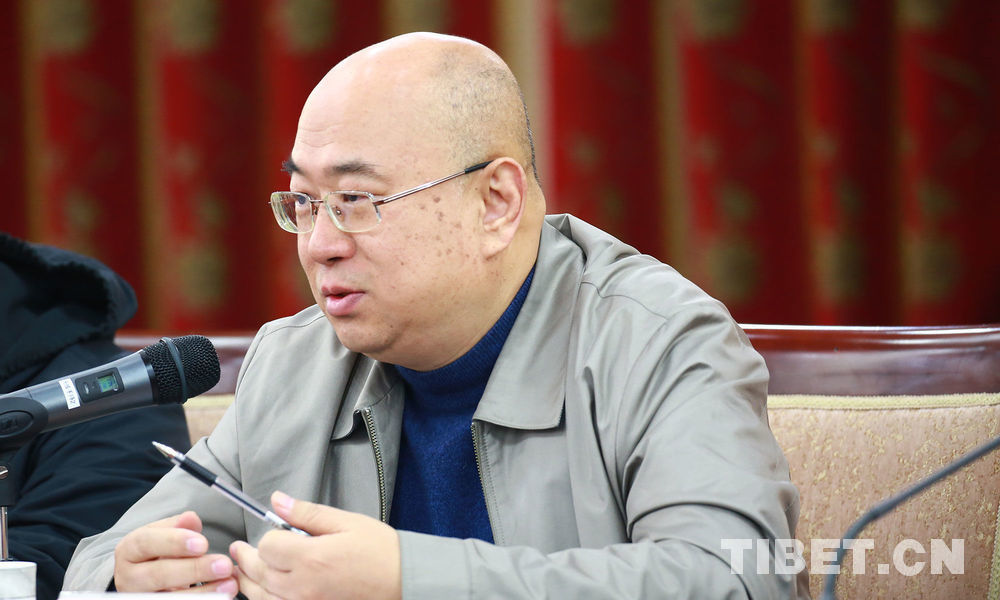
-
Scholar: India's support of Dalai Lama' visit to disputed border a
Tawang is a part of Tibet and of course a part of China, and India allows the Dalai Lama to visit the disputed zone in the eastern part of the China-India border area is going to severely damage China's interests and China-India relations, said a scholar from the
-
-
-
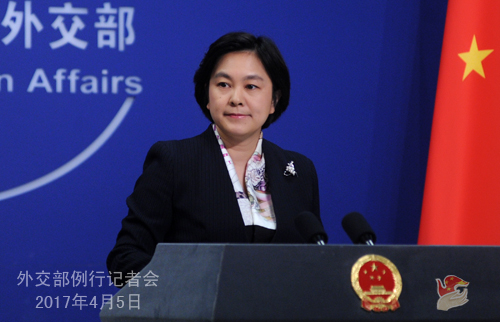
-
China to lodge representations to India over Dalai Lama's visit
China said on Wednesday it will lodge solemn representations to India over the Dalai Lama's visit to the disputed border region.
-
-
-

-
China opposes India's invitation of Dalai Lama to visit disputed a
China is firmly opposed to any visit by the Dalai Lama to the disputed border region between China and India, a Foreign Ministry spokesperson said Friday.
-
Based in Lhasa, Tibet Vista is a Tibet travel agency that specialized in Tibet permit, and Tibet tours for both private and group travelers at a local price!
•4 Days Lhasa City Group Tour from USD 460 •8 Days Everest Base Camp Group Tour from USD 850 •15 Days Mt.Kailash Group Tour from USD 1780 •2016 Tibet Train Tours from Beijing, Shanghai, Chengdu, Xining,etc










